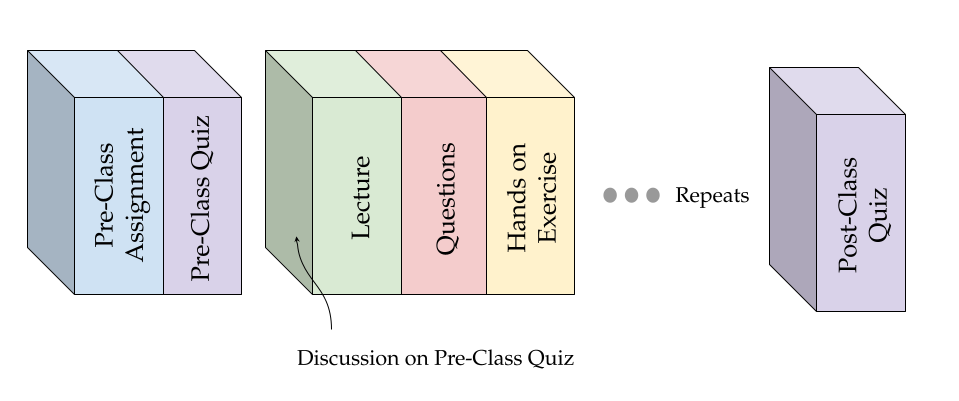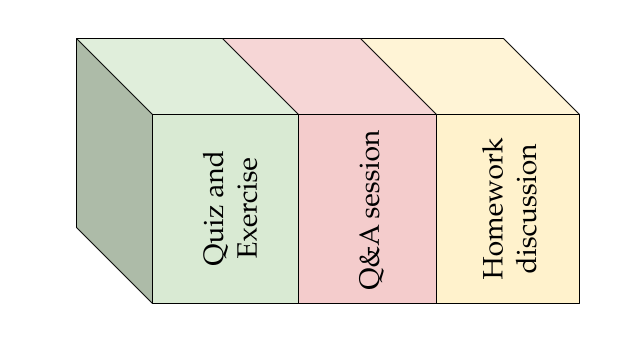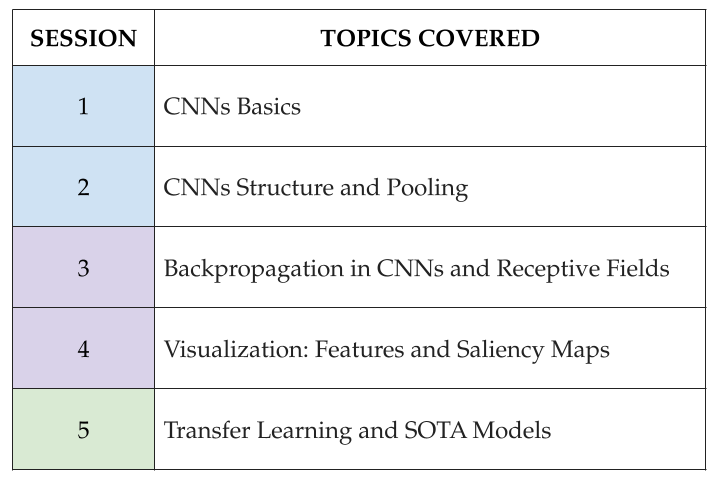Long ago in a distant land, I, Multi-Layer Perceptron, the shapeshifting master of darkness, unleashed an unspeakable evil. But, a foolish samurai warrior wielding a convolutional sword stepped forth to oppose me. Before the final blow was struck, I tore open a portal in time and flung him into the future where my evil is law. Now, the fool seeks to return to the past and undo the future that is MLP.
Welcome to the AI-2 B!
In this course, you will continue your data science journey to learn more about convolutional neural networks and how they’re being used for machine learning. We’ll emphasize both the basic algorithms and the practical tricks needed to get them to work well.
At the end of this course, you will be able to run a variety of advanced machine learning models, and learn to apply them to practical image recognition problems.
This page introduces you to the team, the basic instructions, the schedule and various elements of our class.
The Team
Dr. Pavlos Protopapas

- Scientific Director of the Institute for Applied Computational Science (IACS).
- Teaches Introduction to Data Science (CS109a), Advanced Topics in Data Science (CS109b) and Advanced Practical Data Science (AC215).
- He is a leader in astrostatistics and he is excited about the new telescopes coming online in the next few years.
You can read more about him here.
Dr. Ignacio Becker

- Astronomer currently pursuing a Ph.D. in Computer Science at Pontificia Universidad Católica in Chile.
- His main area of research is applied AI to astrophysical problems.
- Nowadays, he focuses on developing models to process the real-time data of the next generation of telescopes.
Teaching Assistants
Click on avatars of the TAs to know more about them.





The Coursework
We have very carefully designed the coursework to give you, the student, a wholesome learning experience. Each week shall include:
- 2 Sessions
- 2 Labs
- Office hours
Session - What to expect

Before the session begins, students are expected to complete a pre-class reading assignment and attempt a quiz based on the same.
A session will have the following pedagogy layout which will be repeated a few times:
- Approx. 10-15 minutes of live online instruction followed by a quiz
- Some sessions will have hands-on coding exercises or group activities
- Sessions will help students develop the intuition for the core concepts, provide the necessary mathematical background, and provide guidance on technical details.
- Sessions will be accompanied by relevant examples to clarify key concepts and techniques.
After the session, students are expected to complete a short post-class quiz based on the principal concepts covered in class and optional post-class reading will be provided.
Lab - What to expect

A lab is a TA driven 1.5 hour session that is divided into 3 major parts.
- Each lab begins by solving parts of a complete problem. This problem is designed to help you further elucidate concepts you learned in lecture.
- After discussing exercises, we will have a semi-formal Q/A session. This part of the lab is free-for-all, where you can ask any doubts that lingered over from lecture.

Course Pre-Requisites
You are expected to have programming experience at the level of Harvard’s CS50, statistics knowledge at the level of Harvard’s Stat 110 or above and basic machine learning concepts such as model fitting, test-validation, regularization, etc.
-
Programming Experience:
-
Experience with Python: functions, variable scope, classes, modules, NumPy, SciPy, Matplotlib
-
Basic data structures
-
File I/O
-
-
Statistics Experience:
-
Basics of probability, conditional probability, Bayes’ theorem
-
Univariate distributions, normal, binomial, Poisson distributions
-
Multivariate normal distribution
-
Central Limit Theorem
-
-
Machine Learning Experience:
-
Basic understanding of supervised and unsupervised learning
-
Regression and Classification
-
Loss functions
-
Overfitting and Regularization
-
Model Selection
-
Note: Prior knowledge of the course content convered in AI-2 A is necessary for this module
Please find a more detailed summary of the pre-requisites for this program here.
Diversity & Inclusion
We actively seek and welcome people of diverse identities, from across the spectrum of disciplines and methods since Artificial Intelligence (AI) increasingly mediates our social, cultural, economic, and political interactions [1].
We believe in creating and maintaining an inclusive learning environment where all members feel safe, respected, and capable of producing their best work.
We commit to an experience for all participants that is free from – Harassment, bullying, and discrimination which includes but is not limited to:
- Offensive comments related to age, race, religion, creed, color, gender (including transgender/gender identity/gender expression), sexual orientation, medical condition, physical or intellectual disability, pregnancy, or medical conditions, national origin or ancestry.
- Intimidation, personal attacks, harassment, unnecessary disruption of talks during any of the learning activities.
Reference:
[1] K. Stathoulopoulos and J. C. Mateos-Garcia, “Gender Diversity in AI Research,” SSRN Electronic Journal, 2019 [Online]. Available: http://dx.doi.org/10.2139/ssrn.3428240.